Every profession has its occupational hazards. Electricians are no exception. OSHA usually
focuses on sharing information on subjects like Controlling Electrical Hazards and Electrical
Incidents and is a great resource. Still, Yale, Anthem, NIH, and others have dug into the long-
term effects of workers’ experience in the trades. Let’s review 3 health problems electricians
face and, more importantly, ways you can mitigate or avoid them by making lifestyle changes!
– Jim Rohn
“You have two choices: You can make a living, or you can design a life.”
Lower back pain
Squeezing into tight crawl spaces, climbing into hot attics, and behind equipment toddlers would
have difficulty getting into is a daily experience for electricians! Wouldn’t it be great if being an
electrician didn’t also mean being a contortionist? Add standing for 5-plus hours, and it is
understandable why studies say this profession is likely to contribute to lower back pain.
National Library of Medicine shares, “Results suggest that occupational activities requiring
prolonged standing are likely to contribute to lower extremity and back disorders.” There’s good
news because, although back pain was detected in the study directly after work, there was no
fatigue detected after 30 minutes of rest.
How to Avoid Lower Back Pain
Walking is great, but focusing on core exercises strengthens and supports your lower back.
Winning back time and miles walked with our Circuit Mapper, you can focus on the kind of
exercises that will benefit you most in the long run. Take breaks to stretch, sit and rest
throughout the day when possible. If you experience back discomfort, seek treatment from a
massage therapist, chiropractor, or physical therapist as soon as possible. Maintaining health is
more manageable than trying to regain it.
– Steven
“If tracing and mapping wiring systems is in your job description, this is a must-have tool. I thought the price was a little steep until I used it. It will pay for itself multiple times over and save
me miles of footsteps. Thanks Tasco for a great tool!”
Obesity
Many people don’t realize that being an electrician isn’t a 9-5 gig. There’s no leaving a job
incomplete because lives are at risk. When the job is done, you’re done! An inconsistent
schedule can lead to stressful eating habits and routines. Often, meals are had in a car while
heading to another site. Yale found retired service workers’ BMI increased over time, but
salaried, nonmanual, and office workers stayed the same. This increase happened after
retirement! It is unclear if the BMI increase resulted from decreased daily movement, continuing
unhealthy eating habits, or both. One thing is for sure, with the busy schedule electricians face,
eating isn’t always the highest priority.
How to Avoid Obesity
Taking time to meal plan before you start your work week can tremendously impact your health.
EatingWell shared 20 healthy recipes you can make and take on the go! Make sure to stay
hydrated by bringing a refillable water bottle. Drinking water 15 minutes before starting a meal
helps your body differentiate between thirst and hunger. Cutting out sugary drinks can also help
drop a few pounds each year.
Heart Disease & Stroke
NIH shared an analysis that the highest rate of coronary heart disease and stroke are more
prevalent in adults younger than 55 years old who work in service careers. There isn’t one
particular thing that ties this finding to service workers. However, contributing factors are
secondhand smoke, stress, noise, obesity, and exposure to particulate pollution. We are all
vulnerable to particulate matter from vehicle emissions or even sitting by a campfire.
How to Avoid Heart Disease & Stroke
So we’ve already covered making healthier food choices. In addition, using proper PPE for daily
work tasks will reduce the risk of many exposures listed in the study. Though everyday tasks
keep you on your feet, a consistent workout plan will help reduce stress and keep you healthy,
now and in retirement! It is recommended that adults get 2.5 hours of moderate exercise a
week. If you’re short on time, up the ante with a more intense workout, just an hour and 15
minutes will do!
“This is the best investment I have ever made. I can map an entire house in less than 30 minutes. Customers love it too.”
-McCaa
Designing your life
Commit and invest in yourself. Invest time into creating meals that support your health journey.
Commit to being intentional with your workout regimen. This all boils down to putting actions in
place to help you win back time and intentionally focusing on yourself with the time you have
freed. How can you invest in yourself to free up more time? Can you use that time to improve your
health? If you haven’t looked into our Circuit Mapper, now is the time. Give yourself the tools
needed to design your life instead of just making a living.
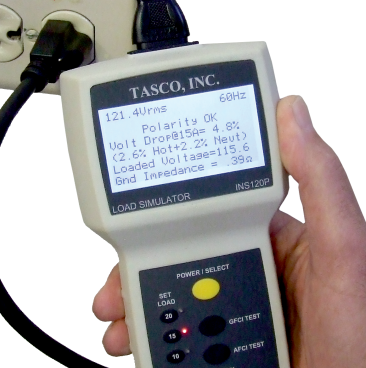
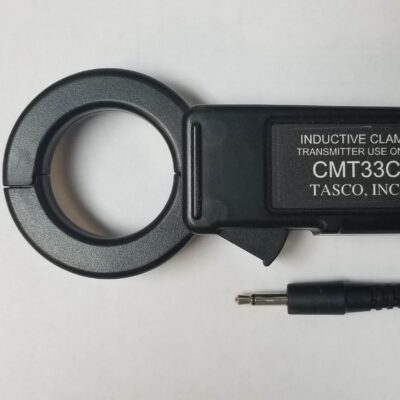
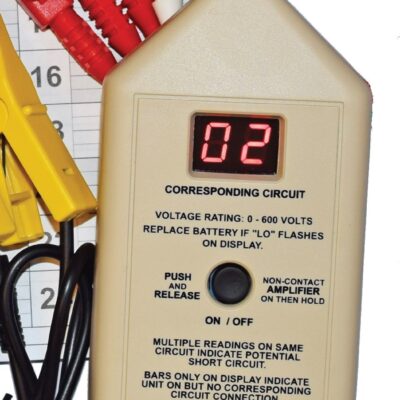
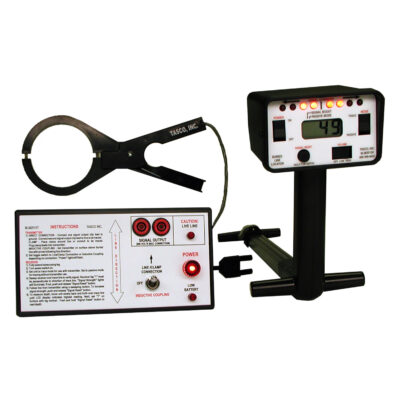
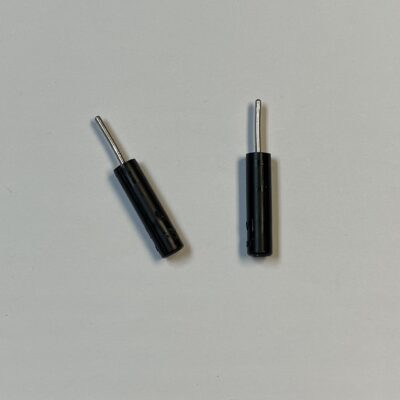

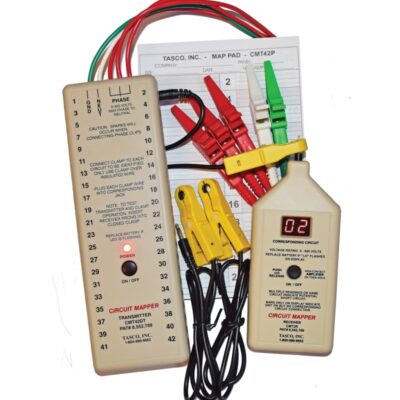
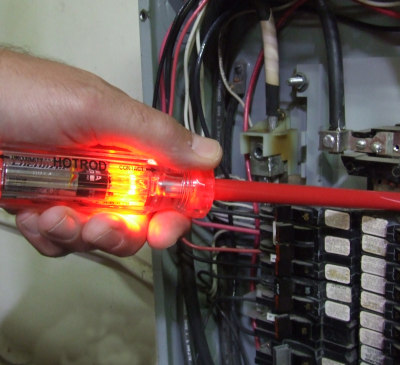
Thank you.
Thank you for reading!
Thank you for sharing information about the health risks for electricians. It’s very important for these individuals to engage in regular exercise to maintain their physical well-being.